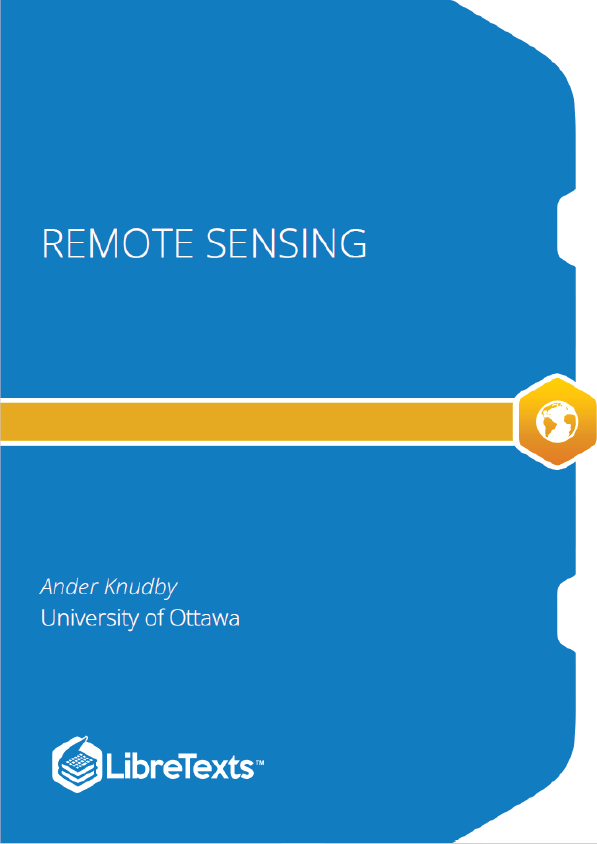What is remote sensing?
Some very broad definitions go something like ‘remote sensing is studying something without touching it’. While true in the most basic sense of the words, such definitions aren’t really very useful. Without going into philosophical discussions about what ‘studying’ and ‘touching’ mean anyways, I think we can agree that you are not doing remote sensing right now as you are reading this document on a computer screen… despite learning what this document says without touching it. More appropriately for this course, we can define remote sensing as using an instrument (the sensor) to collect information about the Earth’s surface (or other parts of the Earth, its oceans or atmosphere, or other planets for that matter) at large extents and at some distance. Typical examples include use of satellite imagery or aerial photography, but acoustic sensing (e.g. of the seafloor) and other technologies that do not create data in the form of an ‘image’ are also part of the broad subject of remote sensing. This kind of definition means that another term, ‘Earth Observation’, is often used interchangeably with ‘remote sensing’.
Review of remote sensing technologies
Passive sensing
There are many ways to split existing remote sensing technologies up into categories. Some technologies rely on ambient energy (e.g. energy that is naturally present in the environment, such as sunlight). These are called passive sensing technologies.
Active sensing
Others provide their own source of energy, emitting an energy pulse toward a target area and recording the part of it that is reflected back to the sensor (think about the sonar used on submarines). These are called active sensing technologies.
Optical sensing
Another way to categorize remote sensing technologies is by the kind of energy they use. Some technologies rely on visible light (e.g. traditional aerial photography), while other technologies expand the range of wavelengths sensed to the ultraviolet and infrared (which is also the kind of ‘light’ your TV’s remote control uses). When measuring reflected sunlight in these wavelengths, these are called passive optical sensing technologies – optical because the instruments employ classic optics in their design. The satellite images seen on Google Earth, or used as a background on televised weather forecasts, are images created with passive optical remote sensing. A form of active optical sensing is called lidar, light detection and ranging. It involves emitting a laser pulse (the active part) toward a target and measuring the time it takes before that pulse has hit something and part of it returns to be measured at the sensor. The intensity of the return pulse is typically also measured.











